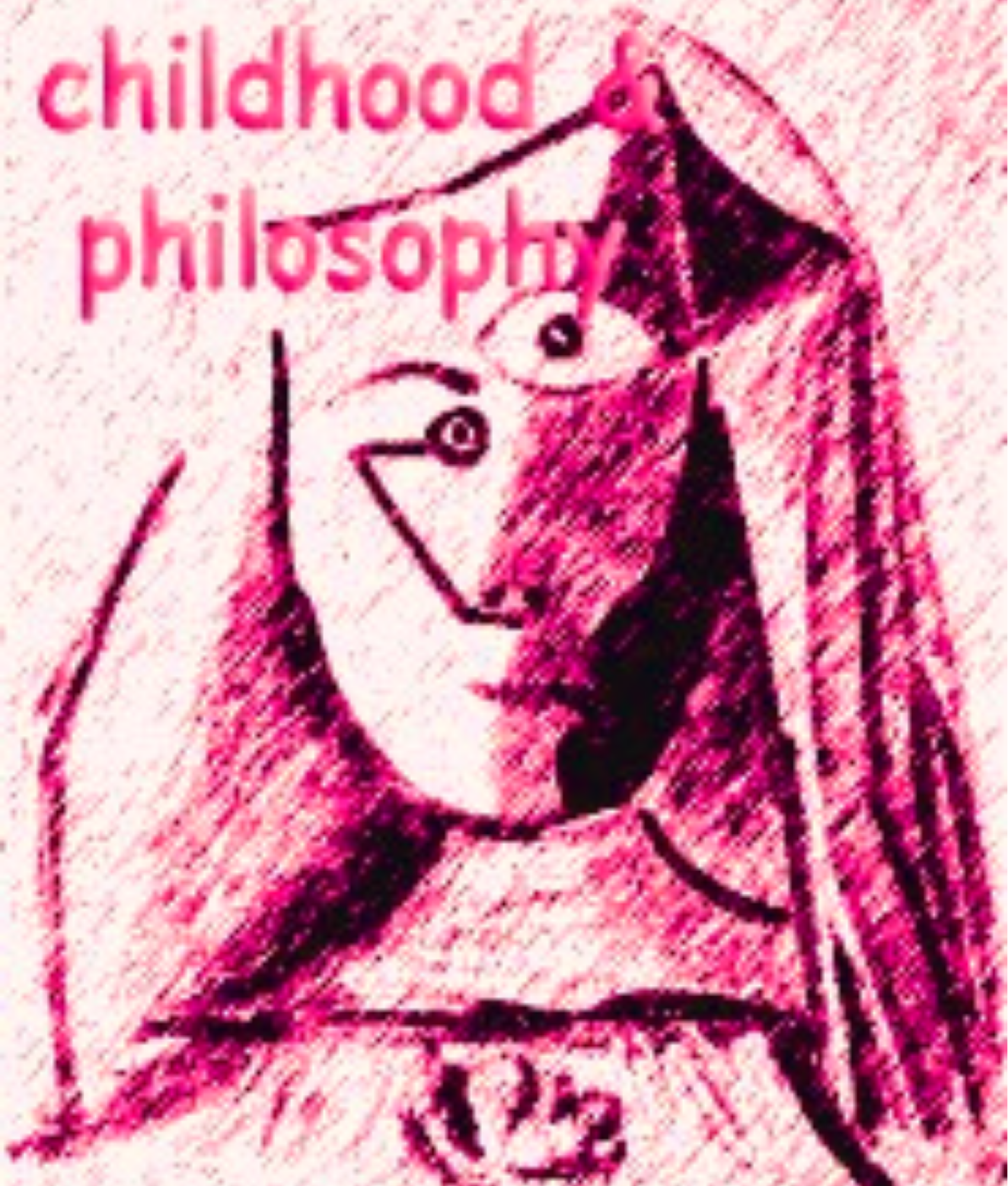an invitation to children to experiment with their visualities in the pandemic context
DOI:
https://doi.org/10.12957/childphilo.2022.63154Keywords:
audiovisual narratives, letters - image, childhoods, daily life.Abstract
This study reflects on the ways in which children, during pandemic times, expressed themselves and came into contact with their teachers and classmates through Image-Letters, ways of saying and saying themselves to the world through audiovisual media. Sensible sharing of their daily lives were revealed by these media and made us think about the diverse childhood of this time. The theoretical framework that supported this work had the contribution of De Certeau regarding studies on everyday life, Walter Benjamin with his writings on childhood experience, Sandra Corazza and Walter Kohan with their contributions to studies on contemporary childhoods and Virgínia Kastrup who supported us on to the cartography method, a methodological approach that allowed us to follow the research process. The objective of this work was to observe the ways in which children communicate through verbal-visual media and what type of content and everyday fragments they choose to share their experiences during the pandemic period.with the school institution. It is important to highlight that the dissemination of the images was authorized by the children and their guardians through a free and informed consent term, in compliance with the ethical principles of research with images of children. Furthermore, the images are available through QRcode and can be accessed through a smartphone camera.
Downloads
References
Bakhtin, Mikhail Mikhailovitch. Estética da Criação Verbal. São Paulo: Martins Fontes, 1992.
Bakhtin, Mikhail Mikhailovitch. Fragmentos dos anos 1970-1971. In: Bakhtin, Mikhail Mikhailovitch. Notas sobre literatura, cultura e ciências humanas. São Paulo: Editora 34, 2017.
Benjamin, Walter. Obras escolhidas. Vol. 1. Magia e técnica, arte e política. Ensaios sobre literatura e história da cultura. Prefácio de Jeanne Marie Gagnebin. São Paulo: Brasiliense, 1987. p. 114-119.
Benjamin, Walter. Reflexões sobre a criança, o brinquedo e a educação. Trad. M. V. Mazzari. São Paulo, SP: Duas Cidades, 2002.
Corazza, Sandra Mara et al. Escrileituras: um modo de ler-escrever em meio à vida. Educação &. Pesquisa, São Paulo, v. 40, n. 4, p. 1029-1043, dez. 2011 Disponível em:em <http://www.scielo.br/scielo.php?script=sci_arttext&pid=S1517-97022014000400011&lng=en&nrm=iso>. Acesso em: 08 Mai 2021. https://doi.org/10.1590/S1517-97022014121435.
Didi-Huberman, Georges. Quando as Imagens Tomam Posição: O Olho da História I. Belo Horizonte, Minas Gerais: Editora UFMG, 2017.
Kastrup, Virgínia. A invenção de si e do mundo: uma introdução do tempo e do coletivo no estudo da cognição. Campinas: Papirus, 1999.
Kastrup, Virgínia. Aprendizagem, arte e invenção. Psicologia em Estudo, Maringá, v. 6, n. 1, p. 17-27, jan./jun. 2001.
Kastrup, Virgínia. A aprendizagem da atenção na cognição inventiva. Psicologia & Sociedade 16(3), 7-16, set/dez., 2004.
Kohan, Walter Omar. O que pode um professor? In: Kohan, Walter Omar. Deleuze pensa a educação. São Paulo: Segmento, 2007.




